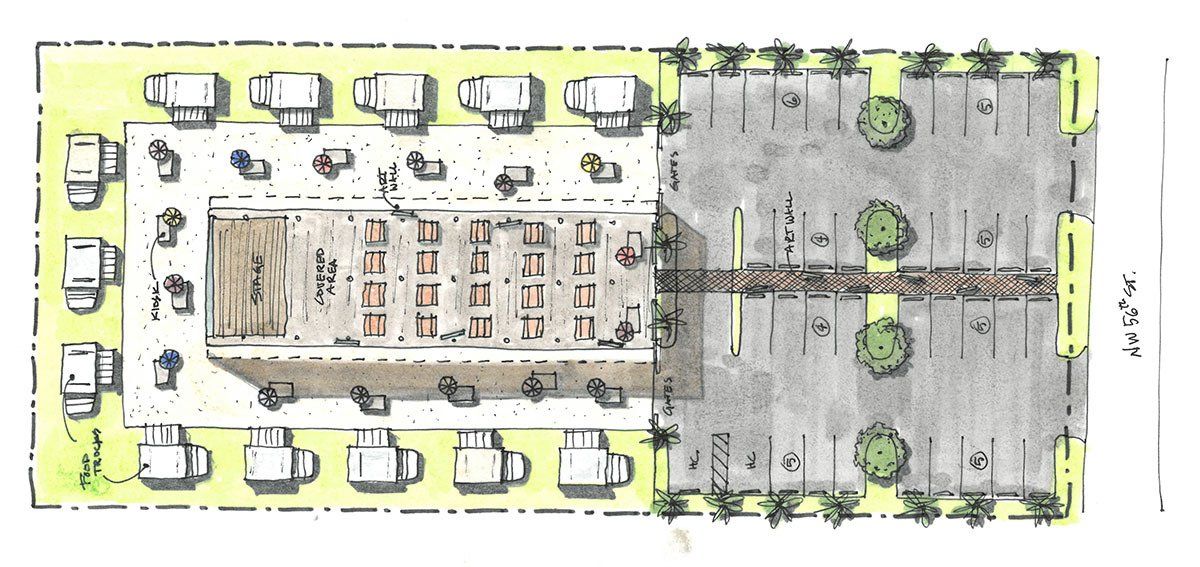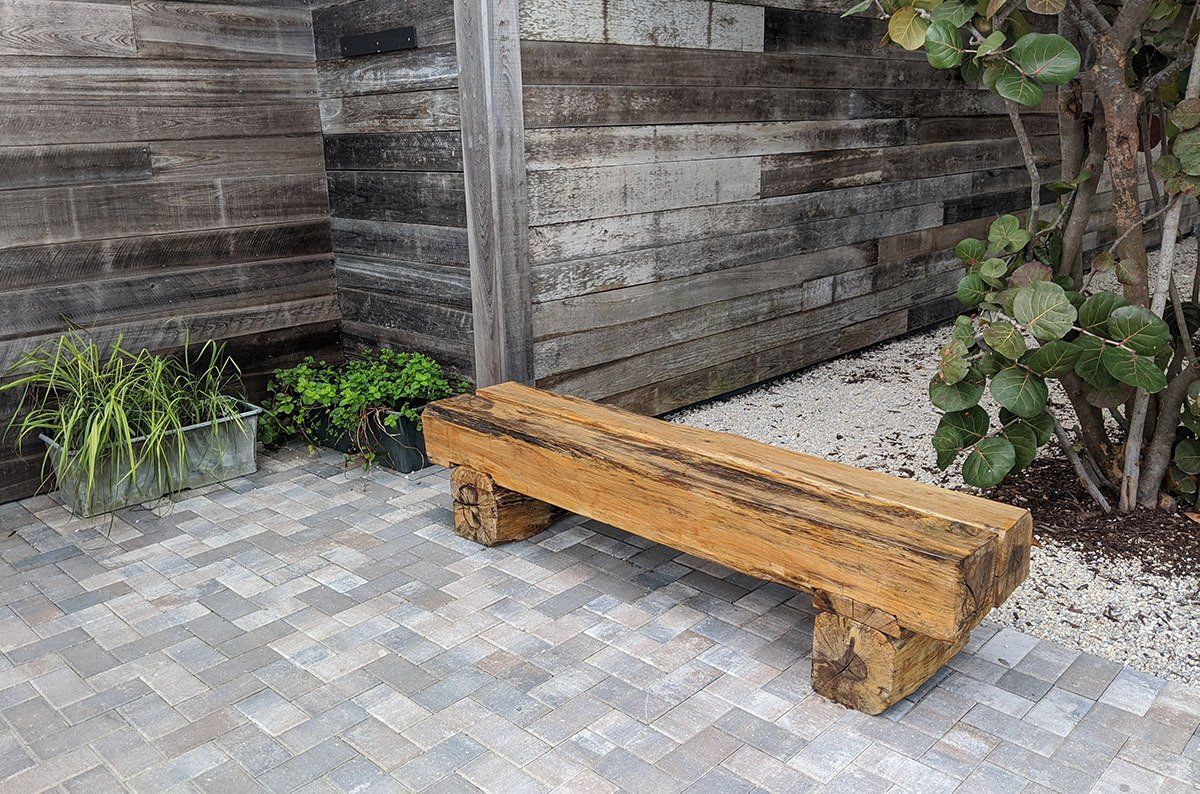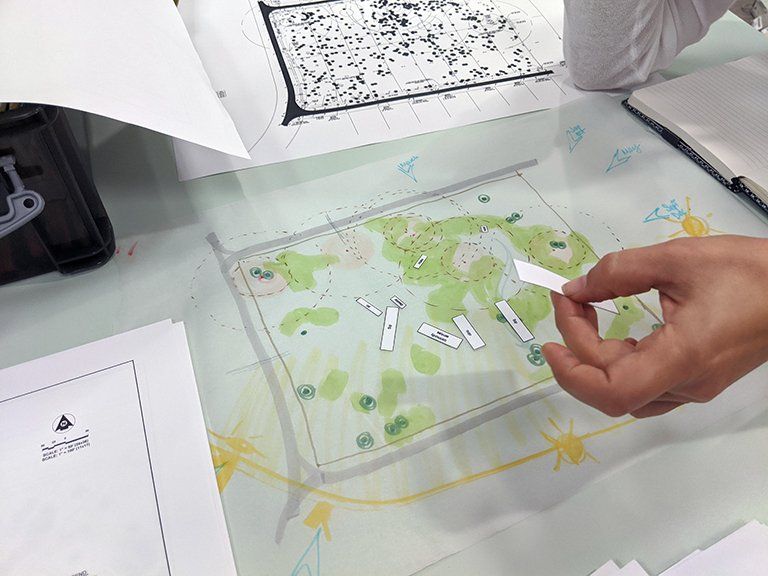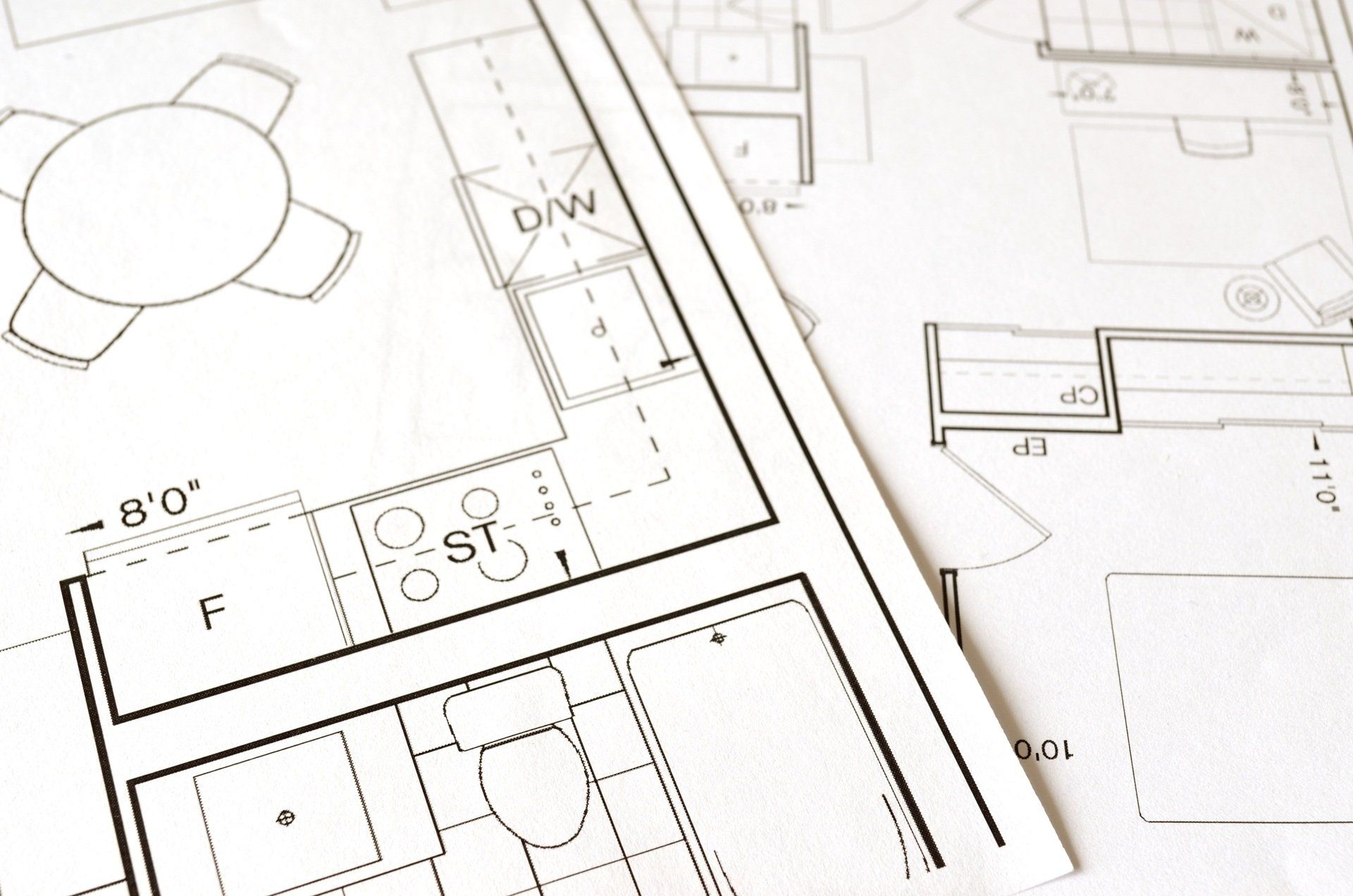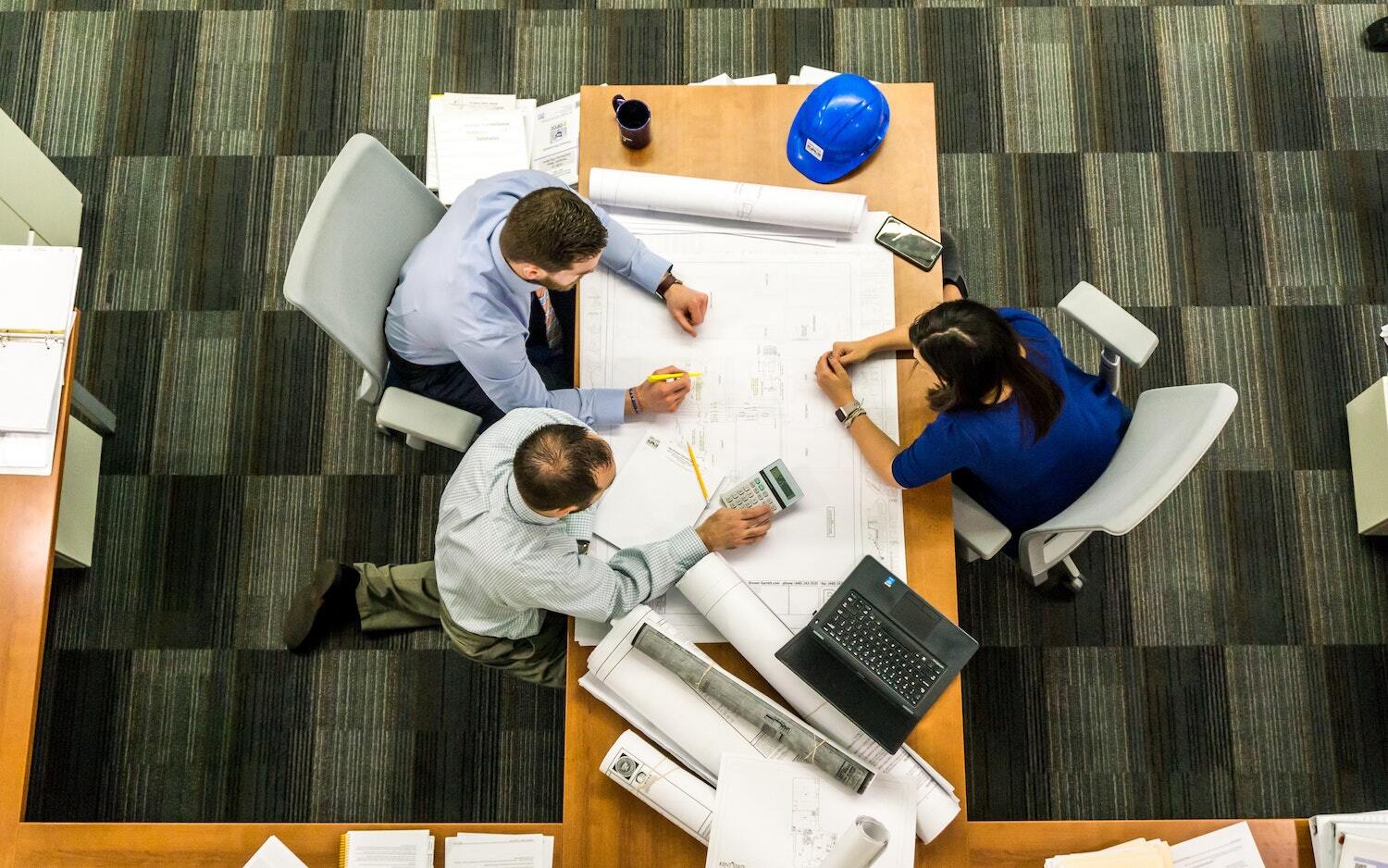10 things you didn’t know architects do
As architects, we tend to
believe that we can do almost anything, but there are 10 things that you may not know we actually do.
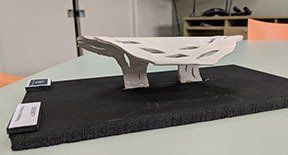
Architects have always held a romantic stigma in the eyes of most people. There’s something about designing buildings or spaces that people find fascinating. In order to become an architect, we go through a rigorous education and take more rigorous exams, encompassing a plethora of concepts from design to engineering to site planning to structures.
As architects, we tend to believe that we can do almost anything, but there are 10 things that you may not know we actually do. These include: graphic design, interior design, property assessment, landscape design, construction administration, lighting and plumbing fixture selection, design and procure furniture and design sculptures.
Our firm provides all of these services.
1. Graphic Design
We have found that there is a direct relationship between architecture and graphic design. When a new organization or development is beginning and a new building is being designed for that project, the logo or branding of that project is best when it relates to the concepts of the architectural or environmental design.
We are creative by nature and have the tools to work in formats that allow us to create graphics that reflect a name, collateral packaging for non-profits, or signage.
Architects’ knowledge of colors and materials often play a part in the design of the logos or graphics that result in interesting solutions to marketing and branding challenges.
2. Interior Design
Actually, once a person becomes a registered architect, they are automatically considered a licensed interior designer. Though that does not go both ways, yes, architects can provide a level of interior design to enhance the final product.
Though our office employs interior designers separately, collaborating as an architect allows the design to be looked at from multiple angles including architectural, while coordinating with the interiors and even inclusive of final accessorizing and decorating.
An architect’s sense of space, color and material gives interior design an added bonus quality when it comes to designing buildings and interior spaces.
3. Assess Property Opportunities for Future Developments
Though realtors have access to properties and understand the transactional side of real estate, architects provide another important aspect of determining potential usage of land for future developments.
Architects often are hired to perform feasibility studies or master planning to help developers figure out what fits best on the property. That final determination can help a developer achieve a successful pro-forma with income producing results or optimal usage of the site.
Our knowledge of working with surveys and understanding how to work with existing conditions like trees, natural wet lands or certain habitats gives us the ability to incorporate these elements into a potential layout of the property in order to confirm a developer’s wishes.
Under our concierge plus program, this invaluable service has helped clients of ours like Cocchiola, LLC determine whether or not a food vendor concept could work on one of the owner’s properties. By laying out the site and producing renderings to submit to the City, we helped the owner make a sound decision regarding the development of his vacant site in order to generate the most lucrative outcome.
4. Landscape Design
As an architect, I find landscape design to be one of the most important components of completing a project than almost anything else. It gives the final exterior and sometimes interior that extra refinement and necessary enhancement of the design in order to finish the project.
Though often a registered landscape architect is required, as architects, we also have knowledge of different trees, bushes, plants and grasses appropriate for the project.
In addition, landscaping is not just about softscape. Architects can design hardscape also, including pathways, boardwalks, covered structures and fountains. These elements become part of the design rather than after thoughts when an architect incorporates them into the process from the beginning.
For smaller projects, it is absolutely acceptable to take recommendations from the architect when it comes to landscaping and for larger projects, architects work hand in hand with landscape architects to design the best possible softscapes and hardscapes along with the architecture for the best possible results.
5. Construction Administration (CA)
I’ve always said that the best projects are built projects. And once a project gets to that point of construction, there is often a question of why an architect is required if you have a contractor.
Construction Administration involves periodic observation of the actual construction work to review conformance with the design intent (Construction Documents). Architects visit the project at appropriate intervals during construction to monitor the progress and quality of the Contractor’s work and to determine if the work is proceeding in general accordance with the Contract Documents.
We review the contractor’s shop drawing submittals. We review sample materials or mock-ups. We evaluate the contractor’s requests for payment to make sure the client is paying the proper amounts at the proper times. We attend jobsite construction meetings to answer questions and review the contractor’s work. We issue clarification drawings or changes to the scope that are inevitable and inherent to any project and finally, we issue a final punch list, which finds anything that needs to be fixed or modified or cleaned up before final occupancy.
All of these services fall under an architect’s capabilities and ultimately protect the client.
As explained in previous blog posts, I originally created my firm as a construction management (CA) company. CA remains an integral part of our architectural services and owners quickly understand how our involvement protects them as owners and helps complete the project more successfully than if not involved.
We have learned that the best way to approach CA is on a monthly fee basis during the time of construction. This allows the GC to have constant access to our firm. We don’t track hours and in the end, it saves the client money.
6. Select Light Fixtures
Lighting is a tricky thing. Depending on the scope and level of requirement, often, a consultant or the engineer provides the design or recommendations for light fixtures. However, an architect makes lighting selections also.
For restaurants, the lighting foot candles, or level of light intensity, is very important for patrons to be able to read the menus. But also, the ambiance created and the aesthetic of the fixture can help define the space and create a certain look that works with the rest of the design. Architects meld lighting with design in a unique and creative way beyond consultants and engineers.
7. Select Plumbing Fixtures
Similar to lighting, architects select plumbing fixtures. Though an engineer is perfectly suited to make toilet and sink selections, an architect understands the relationship of those fixtures to the surrounding room features.
For example, a sink cabinet or even countertop may require a certain size bowl to fit properly or simply the decision about whether a toilet should be a tank type, a single unit or held off of the floor for maintenance purposes. These are all factors that an architect determines initially and puts the responsibility more on the architect than the engineer.
8. Design Furniture
Architects, by nature, are detail-minded, they want to ensure that every element of a space conforms to their vision. Often this includes the design of custom furniture.
It was quite common for architects such as Le Corbusier, Mies Van De Rohe, Frank Lloyd Wright and many others to create carefully crafted furniture to perfectly complement the homes and buildings they designed.
Despite the abundance of furniture options and choices available, this tradition continues today.
Though perhaps not as widely expected by clients, architects still find opportunities to design custom furniture pieces as part of the design solutions they recommend.
Sometimes, furniture design is motivated by a desire to reclaim or repurpose existing materials.
For the renovation of Mar Vista Restaurant, Schimberg Group designed new outdoor benches to provide additional seating in the extended outdoor lounge area.
These benches were fabricated from Australian Pine, a highly invasive tree common in Florida.
Rather than destroy the material entirely, we gave it a new purpose, however, it didn’t end there.
Through this design solution, the owner of Mar Vista, Ed Chiles, and myself, saw another opportunity.
Earlier this year, we established AP furn, LLC, a joint venture project to design, sell and install outdoor furniture made from Australian Pine and other invasive species.
In this respect, we are creating furniture that is made from the natural environment, and which also serves the health of the environment.
9. Procure Furniture
In most commercial projects, whether an office, or restaurant or multi-use, furniture is required. Not custom designed furniture as described above. Commercial grade furniture, typically in bulk, like work stations or tables and chairs.
In my architectural office, we have a tax id # and use it often to order and procure this type of furniture. We have relationships with vendors that allow us to coordinate delivery of furniture for owner sampling and then coordinate final installation in the field.
As architects, the ability to coordinate furniture, provides an aesthetic advantage and also creates a high level of coordination both in layout and during construction. For example, work stations have electrical requirements. As architects, we ultimately work with the contractor and their electrician during construction to coordinate power locations and installation.
At our latest office build-out for Tarpon Towers, we worked with Beaux-Arts Group to design and coordinate the installation of their work stations, office furniture and conference room furniture.
Though this took place when Covid-19 first hit Florida, we were able to complete the job for the client, coordinate all punch list items and ultimately give the owner a finished product, on budget and on schedule.
10. Design Sculptures
Though we don’t get this opportunity very often, every once in a while, a project warrants a sculpture. And I use the word sculpture loosely, since as architects, our creative minds are always going, and this includes almost anything artistic.
For one client, a media outlet, we designed an abstract newspaper tape wall, made out of electrical tape. It took us three days and three people to complete two walls, sculptural in nature and commissioned by the client.
This time lapse video shows our progress and completed artwork. It has become an iconic backdrop for the clients and a part of their branding.
Architects have designed sculptural pieces to enhance gardens or a building lobby. It is not out of the question for architects to expand their design capabilities to include fine arts or sculpture.
I hope that anyone reading this post enjoyed learning about things that you may not have known architects do. I’d love to hear from readers who have had experience working with architects that have done some of these and how your experiences have turned out. To share your comments, email barron@theschim.com. Also, don’t forget to subscribe to our newsletter, Methods and Madness, for more insight, information, and visual stimulation for all things architecture and interior design related.

